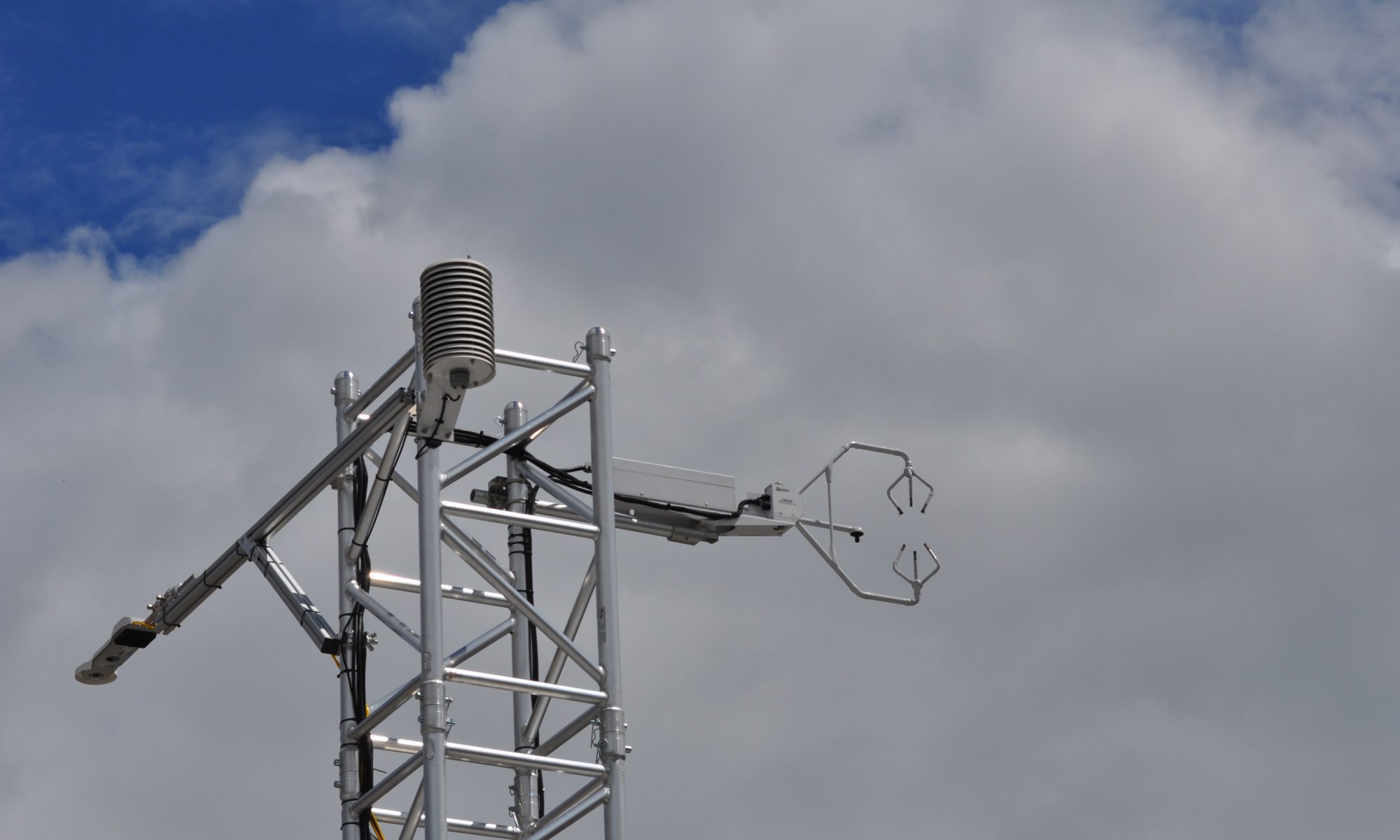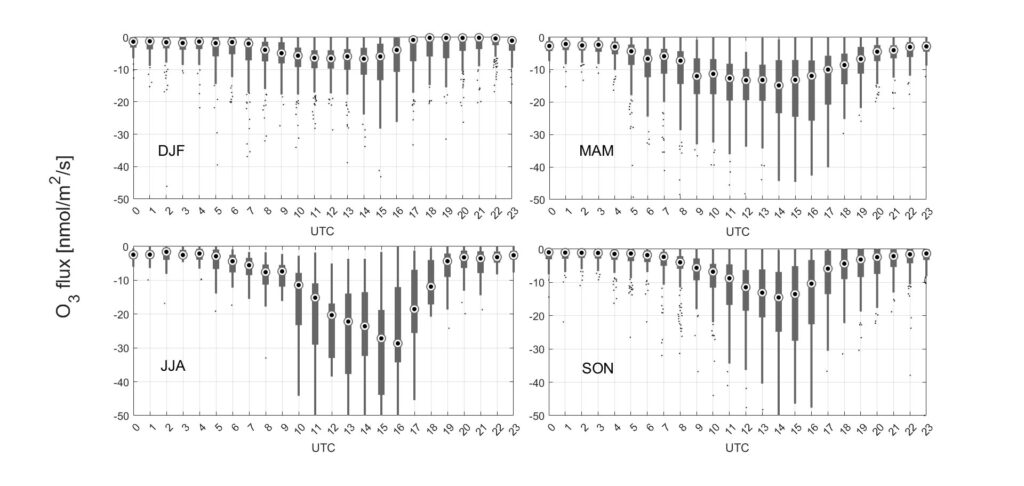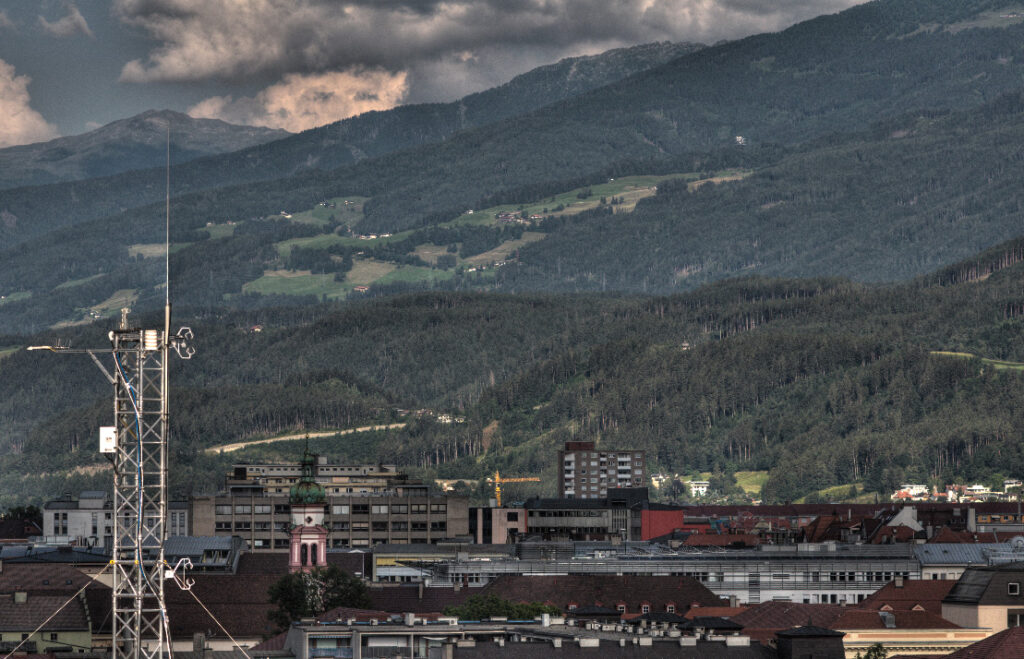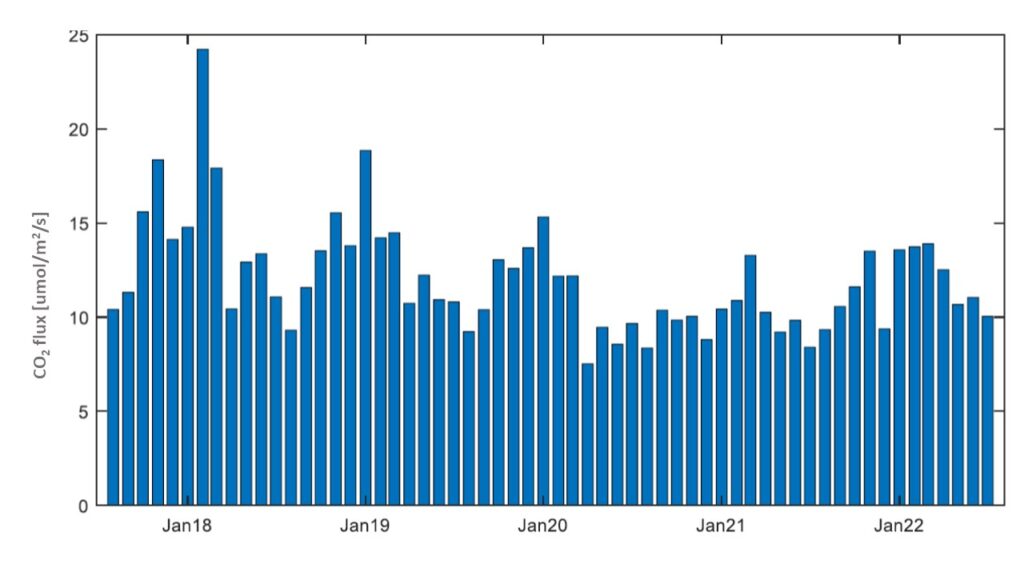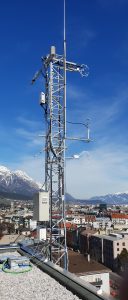We are proud to be part of the new FWF funded project on the future of mountain forests under a drier climate.
The Future of Mountain Forests – Universität Innsbruck (uibk.ac.at)
Mountain regions are especially affected by climatic changes and mountain forests are expected to be exposed to increasing drought stress. This project aims at analysing if and how drier conditions influence carbon and water balances from tree to forest level, change plant stress responses and interactions with microbial communities, and affect ecosystem services.
The overarching research objective of the Biosphere-Atmosphere Interactions group is to quantify the two-way interactions and feedbacks between Alpine ecosystems and the atmosphere. The emission of reactive biogenic trace gases by terrestrial ecosystems as precursors of air pollutants and secondary organic aerosols and the associated warming (e.g. because of positive feedbacks of tropospheric ozone on net primary productivity) and cooling (due to aerosol-radiation and aerosol-cloud interactions) is amongst the most poorly constrained feedbacks in the climate system. Within this activity we will develop a framework to investigate positive and negative feedbacks on tropospheric chemistry from major Alpine ecosystems affected by ongoing climate change.
